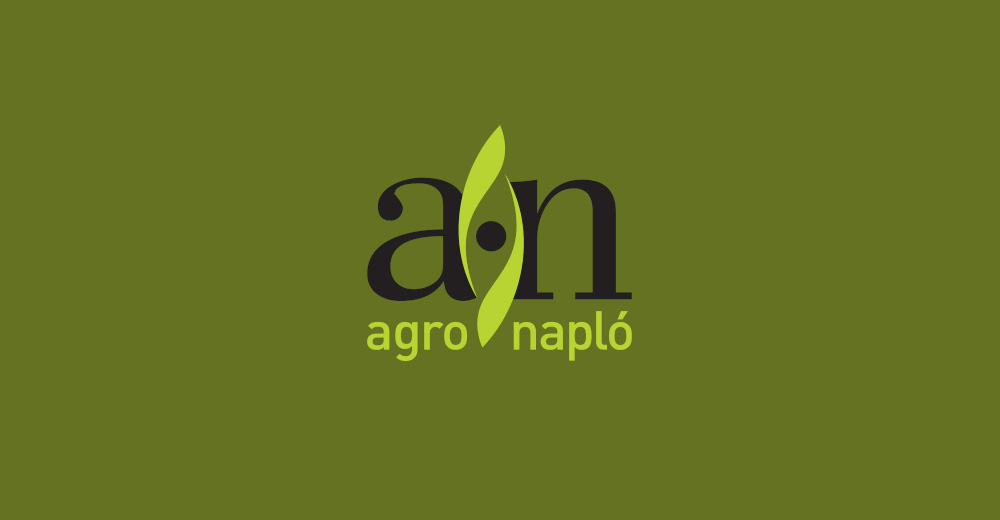Over 700 exhibitors will be displaying key technologies paving the way for man-to-machine communication and to manage the data generated in modern building construction and agricultural machinery in real time. The discussion topics at the B2B trade fair for decision-makers, developers and engineers will not only be user-friendly high-tech solutions that comply with ISOBUS, but also forward-looking bus systems such as POWERLINK that simplify the automation of mobile machines by reduced cabling work.
The ISOBUS standard defines the way agricultural tractors and any implements they are attached to communicate with each other. The technology, which was first shown at Agritechnica in 2001, is defined under the international standard ISO 11783. This sets out the uniform plugs, wiring and controllers, as well as data formats and interfaces, that ISOBUS uses to ensure effective electronic communication is possible not only between tractors and farm implements, but also between machines and agricultural software packages either via USB, Bluetooth, WiFi or mobile networks, or The Cloud.
Data exchange made easy
For the man-machine interface, compatibility and conformity are top priority. Conformity tests and certification by the Agricultural Industry Electronics Foundation (AEF) supply precise information about which ISOBUS components function with each other and how. This means that after a connection has been established, data exchange must be possible for equipment from both the same and different manufacturers.
The ISOBUS-job controllers (Electronic Control Unit, ECU) of the youngest generation presented at Systems & Components are based on hardware and software platforms that are consistently optimised with regards to scalability and multiple connectivity. They communicate via ISOBUS and interact with the operator via universal terminals that become the ergonomic control centre of the tractor. With their open interfaces, the terminals are located at the centre of a network that permits data exchange with other IT farming technologies. The OEM-partners have ISOBUS-capable terminals and sockets with which the tractors can be retrofitted independently of their brand or year of construction, or with which they can be equipped from the beginning. Compact CAN-Gateways offer further opportunities for integrating agricultural equipment into the ISOBUS architecture.
Interplay between tractor and implement
The benefit for farmers is evident – operation of complex mounted implements is simplified via the adjusted interfaces and always remains intuitive – regardless of whether mowers, loading trailers, presses or trailed sprayers are involved. Furthermore, additional operating elements known as auxiliaries such as joysticks or toggle switches can be used jointly. The actual cabling can be carried out without tools in a few seconds using the in-cab socket mounted in the tractor.
New features such as TIM, Tractor Implement Management, are intended to increase operating comfort in the cab and bring productivity to an even higher level in future. Although this ISOBUS functionality is still at the final stages of development at AEF, there are likely to be a number of solutions that are “TIM-ready” both at Systems & Components and in the Agritechnica exhibition halls. TIM offers the opportunity for bidirectional communication – which simply means that the mounted implement commands the tractor via the ISOBUS. In this way trailed machines can control tractor functions such as the PTO shaft, lifting gear, driving speed, steering angle or hydraulic valves, and the pair (tractor and implement) automatically adjusts to the current situation, always working at the optimal operating point, and reducing the driver's burden.
High speed and real-time networking
Condition monitoring, M2M-communication, camera systems – ever more sensors and actors and the associated control electronics are being connected directly in the engine compartment, in the cab, or on the outside. The growing number of electronically controlled implements, which in turn exchange constantly growing data quantities, keep on guiding the ISOBUS further towards its performance limit. The experts agree here – in the medium term drivable high-tech machines for precision farming will not be able to do without an Ethernet-based backbone for communication. The AEF is therefore working intensively on the topology for a new high-speed ISOBUS on the basis of the Ethernet protocol, which is intended to eliminate the performance bottleneck. The universal sockets of the next ISOBUS generation will reach data rates of 100 to 1,000 megabits per second. The latter corresponds to 4,000 times the performance capability of the current system. Parallel with this, the AEF is promoting the development of a POWERBUS. The standardised high-voltage socket on the tractor will supply any number of drives in the mounted implements in the future, thus bringing new momentum into electrification in agricultural machinery.
Building construction machines are faced with the same challenge. As the current maximum bandwidth of the CAN-Bus used is no longer sufficient for demanding tasks here either, up to ten networks connected in parallel are now in use in one vehicle. Furthermore, performance and bandwidth are not sufficient for safety-critical applications. Exhibitors at Systems & Components will be presenting solutions tested in practice that increase the safety and competitiveness of mobile machines and are based on the open standards POWERLINK and openSafety. With POWERLINK, all the data in a mobile machine or a network can be transferred via a single cable. Central and decentral control concepts are equally possible. It is also possible to produce a wireless network interface connection for communicating with fixed installations located on the construction site or in the workshop. The safety protocol openSafety is bus-integrated but independent of the communication protocol and additionally facilitates safety measure implementation.
Step by step in the direction of Big Data
Future communication and interface standards for off-highway applications must allow data exchange between all machines, with business partners and Cloud services, in the spirit of Big Data. The search for a suitable real-time BUS system for mobile automation will occupy both visitors and exhibitors at Systems & Components from 10th to 16th November in Hanover. Through this B2B platform, the industry will be discussing the possibilities of strong-performing backbone bus systems that integrate Ethernet, CANopen and real-time capability. An expert forum on the topic “Future Machine Architecture” is planned for Tuesday, 12th November at the Future Lounge in Hall 17. Further assistance could also be provided through the adaptation of known systems from other fields of vehicle technology, for instance, the AUTOSAR Standard known from the automotive industry whose latest release was also designed for off-highway vehicles.







